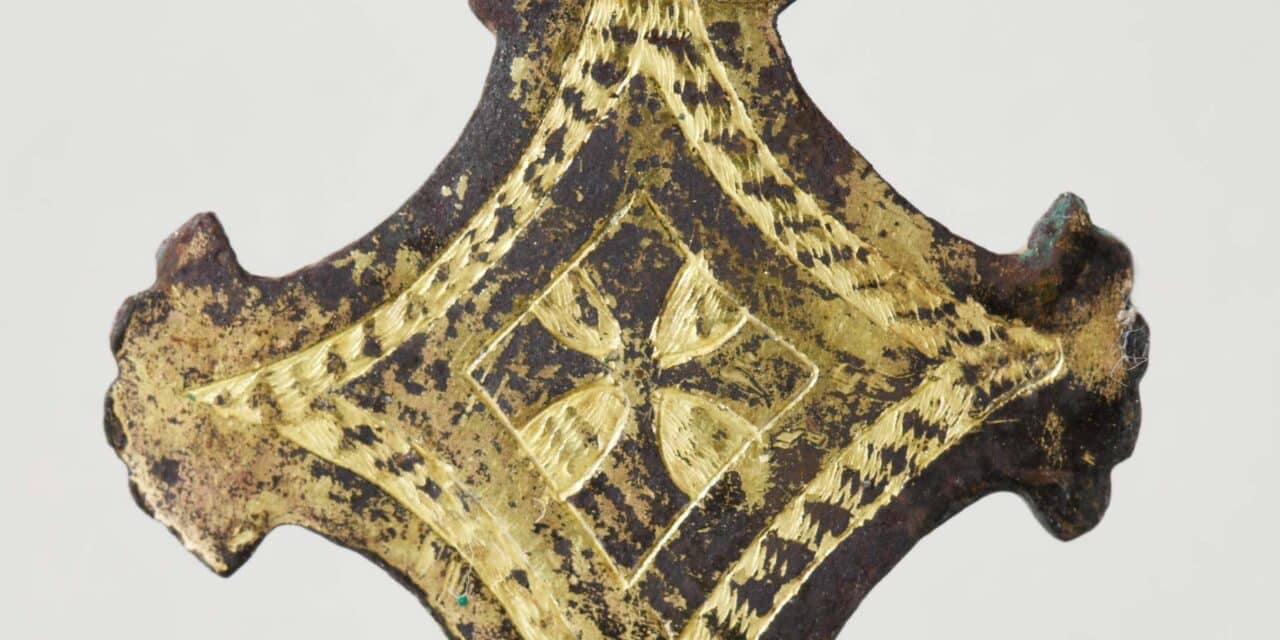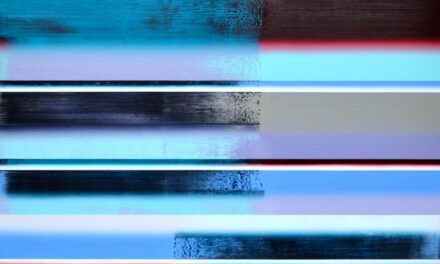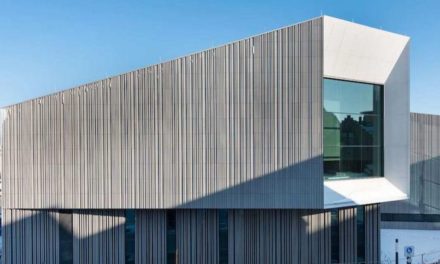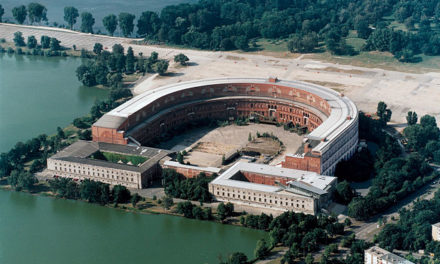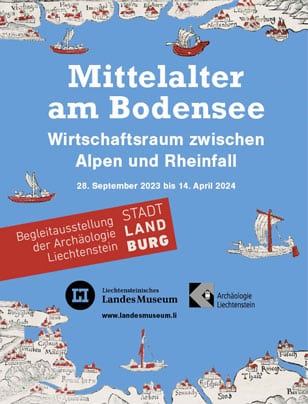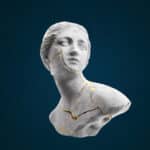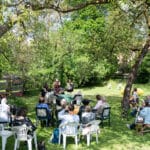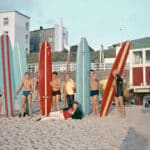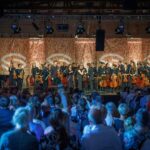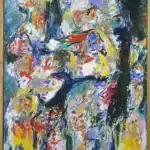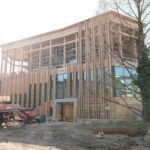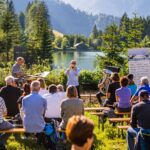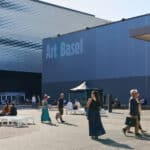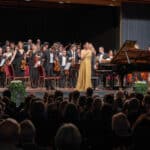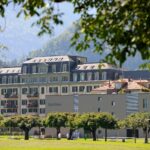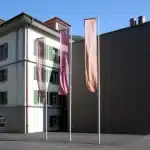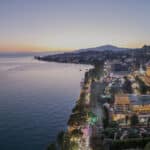The special exhibition at the Liechtenstein National Museum, in collaboration with the Department of Archaeology at the Office of Culture, sheds light on medieval life. In the exhibitions "The Middle Ages on Lake Constance - Trade between the Alps and the Rhine Falls" and "CITY COUNTRY CASTLE", around 150 fascinating finds from the period between 1000 and 1500 from four countries tell of crafts and trade, medieval towns and castles.
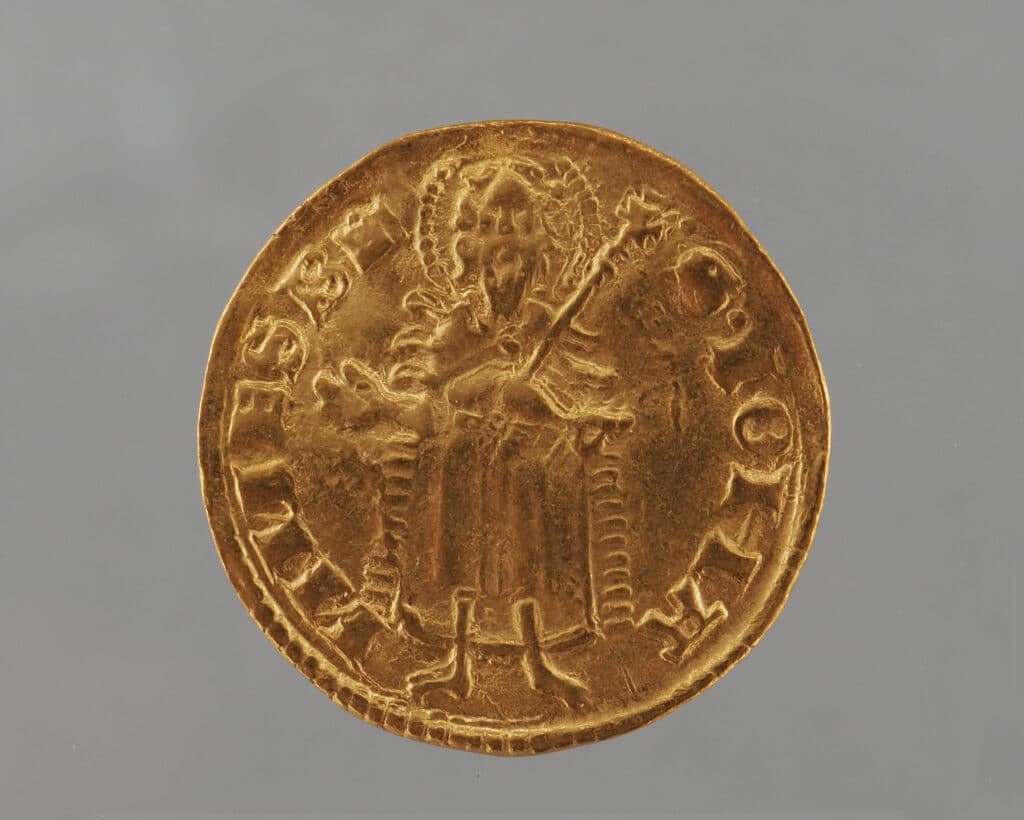
Florentine, Vaduz © Archaeology, Office for Culture FL
Traveling exhibition: The Middle Ages on Lake Constance. Trade between the Alps and the Rhine Falls
The 12th century was characterized by strong population growth, the expansion of rural settlements, the development of new settlement areas at higher altitudes and the founding of new towns and castles. Nevertheless, only a small proportion of the population lived in these prestigious buildings. It is estimated that 80 to 90 percent of the population lived in rural settlements in the Middle Ages. Even in today's Liechtenstein, medieval life was characterized by an agricultural economy close to nature.
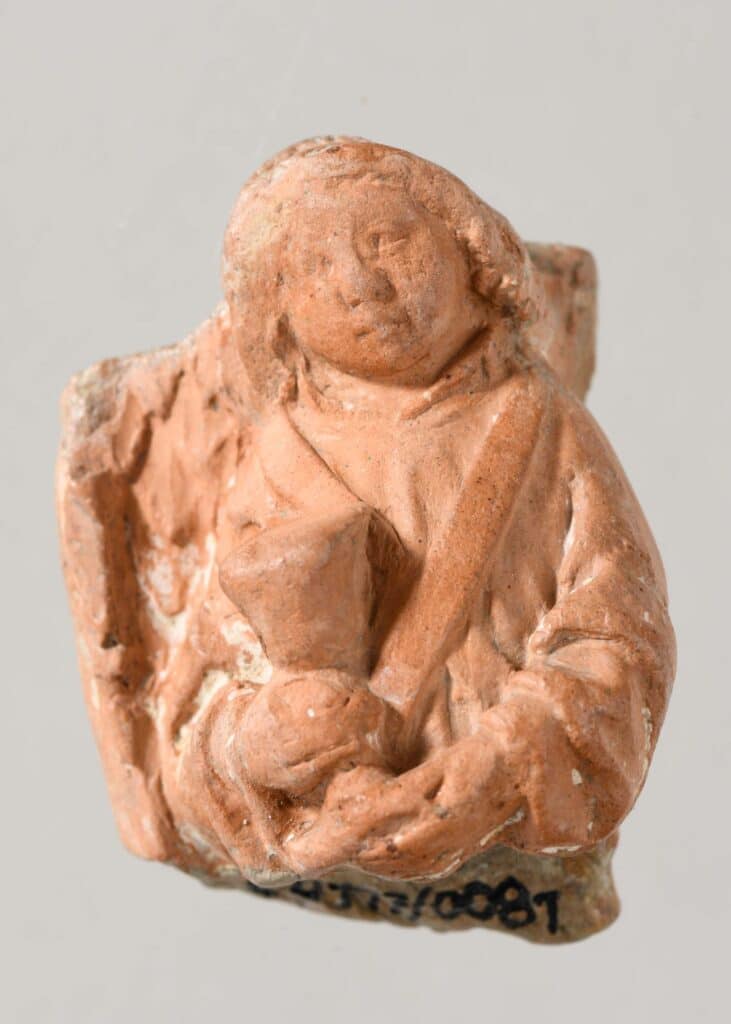
Ceramic angel figurine, Gutenberg Castle © Archaeology, Amt für Kultur FL
In the Middle Ages, the region between the Alps and Lake Constance developed into a closely interwoven and important economic, transit and trading area. Towns around Lake Constance joined together to form confederations, introduced a uniform currency system in some places and formed hubs for regional and international trade. Textiles were traded as far as the Crimea, North Africa and the eastern Mediterranean. Regionally, people in the Rhine Valley specialized in winegrowing, and grain cultivation was widespread in the Principality of St. Gallen and Thurgau. Goods and raw materials were transported via country roads, rivers and lakes. Today's Liechtenstein lies on an important north-south route. The route leads from southern Germany through the Rhine Valley and over the Alps to northern Italy. A dozen archaeological institutions and museums from four countries along this "trade route" have joined forces to tell the story of the lively trade, impressive craftsmanship and medieval life between the Alps and the Rhine Falls using around 150 selected finds.
until April 14, 2024
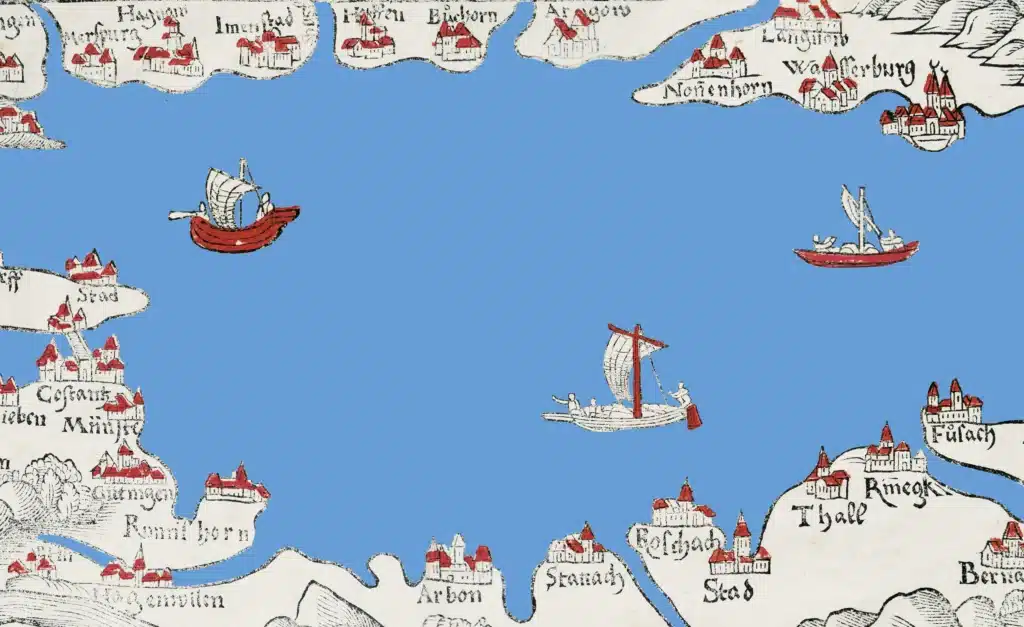
Exhibition The Middle Ages on Lake Constance. Economic area between the Alps and the Rhine Falls © Liechtensteinisches Landesmuseum
Accompanying exhibition: CITY COUNTRY CASTLE
Large parts of Europe experienced an economic and cultural boom in the period from the 11th to the 14th century, which led to significant population growth. New high-altitude habitats were developed, production and cultivation methods improved, existing rural settlements expanded, new towns founded and castles built. Liechtenstein is also rich in castles. Their origins date back to the heyday of castle building in the 12th and 13th centuries. What role did the medieval castles play in what was then a rural region? What was life like on the estates? How do we deal with this unique cultural asset today and in the future? These and other questions are explored in this accompanying exhibition. We invite you on a medieval journey of discovery through Liechtenstein's castle landscape.
until April 14, 2024
Escape Room
Dark secrets and an exciting mission in a race against time - the Escape Room takes you deep into the past. The focus is on the archive and three puzzles based on medieval written sources from the Lake Constance region involving a midwife, a shearer and a salt thief...

